1989 Mazda RX-7 FC3S – Rotary Precision, Street Legend
1989 Mazda RX-7 FC3S: The Turbocharged Rotary That Took on the World
In the world of JDM performance, few cars are as unique and passionately followed as the Mazda RX-7. And among its three generations, the second-gen RX-7 FC3S, particularly the 1989 model, represents the perfect blend of 1980s style, turbocharged power, and rotary innovation.
The FC3S was Mazda’s bold move to go head-to-head with the Porsche 944 — and in many ways, it succeeded.
A New Direction for Mazda
After the lightweight, analog character of the first-gen SA22C/FB RX-7, Mazda redesigned the RX-7 for the 1980s. The second-generation RX-7 (1986–1992) was wider, more refined, and aimed at delivering a more European GT-like experience.
The 1989 model was part of the Series 5 refresh, which brought mechanical improvements, updated styling, and a more powerful engine.
The late ‘80s were a golden era for Japanese performance, and the 1989 Mazda RX-7 FC3S is one of the purest expressions of that time. With its sleek lines, pop-up headlights, and unmistakable wedge-shaped silhouette, the second-gen RX-7 wasn’t just a pretty face—it was a driver’s car through and through.
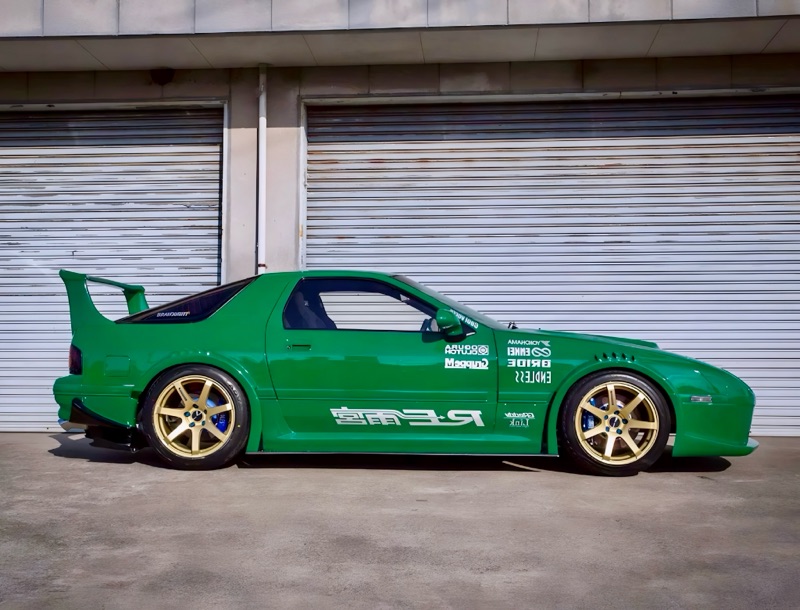
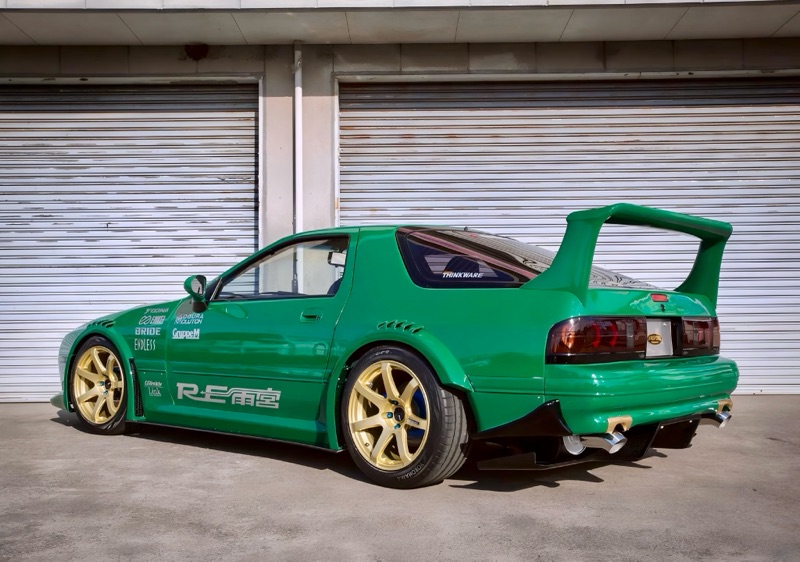
Styling: A Clean, Aero Look
The FC3S RX-7 featured classic late-‘80s sports car lines with:
- Pop-up headlights
- Flush bumpers and side trim
- Integrated rear spoiler (Turbo II)
- 15-inch alloy wheels
- Long, sloping rear hatch with glass window
In 1989, the Series 5 facelift brought:
- Revised taillights
- Updated front bumper
- New aero side mirrors
- Better interior materials and gauges
While more refined than its predecessor, the FC retained a distinctly JDM wedge profile that has aged exceptionally well.
Engine: The Turbocharged 13B Rotary
The RX-7 FC3S’s heart was the 13B-T, a turbocharged version of Mazda’s legendary rotary engine.
Engine Specs (1989 Turbo II):
- Engine: 13B-T 1.3L twin-rotor Wankel
- Power: 200 hp (JDM) / ~182 hp (US)
- Torque: ~195 lb-ft
- Redline: 7,000 rpm
- 0–100 km/h: ~6.0 seconds
- Top Speed: ~225 km/h (140 mph)
- Transmission: 5-speed manual or 4-speed auto
- Drivetrain: RWD with LSD (on Turbo II)
Thanks to the rotary engine’s compact size and high-revving nature, the RX-7 felt agile and eager — with boost coming on strong thanks to a top-mounted intercooler and Hitachi turbocharger.
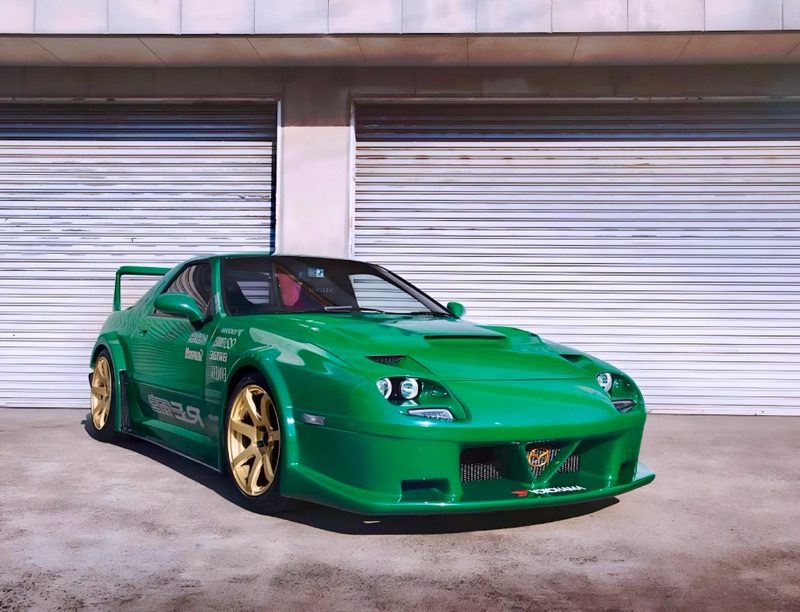
At the heart of the FC beats the legendary 13B rotary engine, a high-revving masterpiece that made the RX-7 a favorite on touge runs and time attack circuits alike.
In turbocharged trim, it delivered smooth, linear power that paired perfectly with the car’s balanced chassis and rear-wheel-drive layout. It was light, nimble, and sharp—built for the corners, not just the straight line.
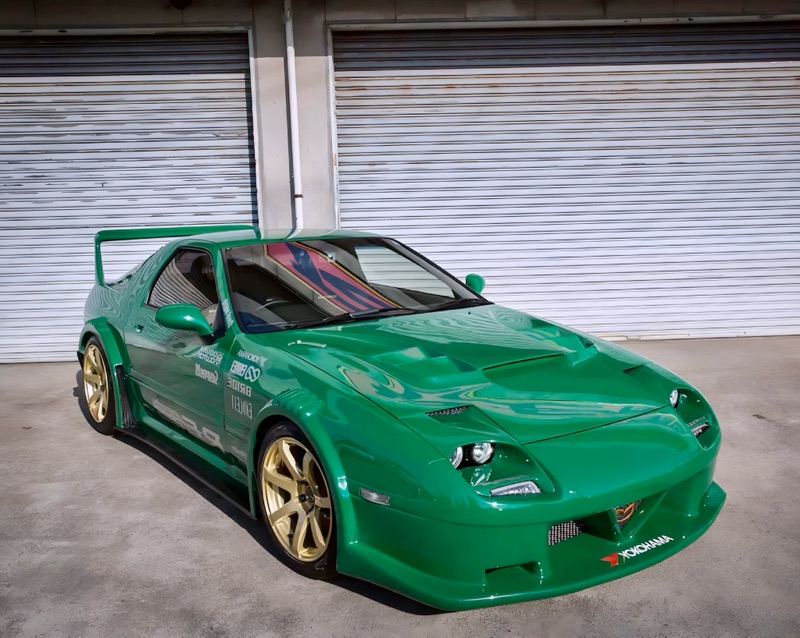

Chassis & Handling
Mazda benchmarked the Porsche 944 when developing the FC3S, and it shows in the RX-7’s dynamics:
- Front-mid engine layout (engine behind front axle)
- Near 50:50 weight distribution
- Independent rear suspension
- Optional Auto Adjusting Suspension (AAS)
- Four-wheel disc brakes (vented on Turbo II)
The FC3S was praised for its precise steering, balanced cornering, and lively character. While heavier than the original RX-7, it was far more composed at high speeds and in long sweeping corners.
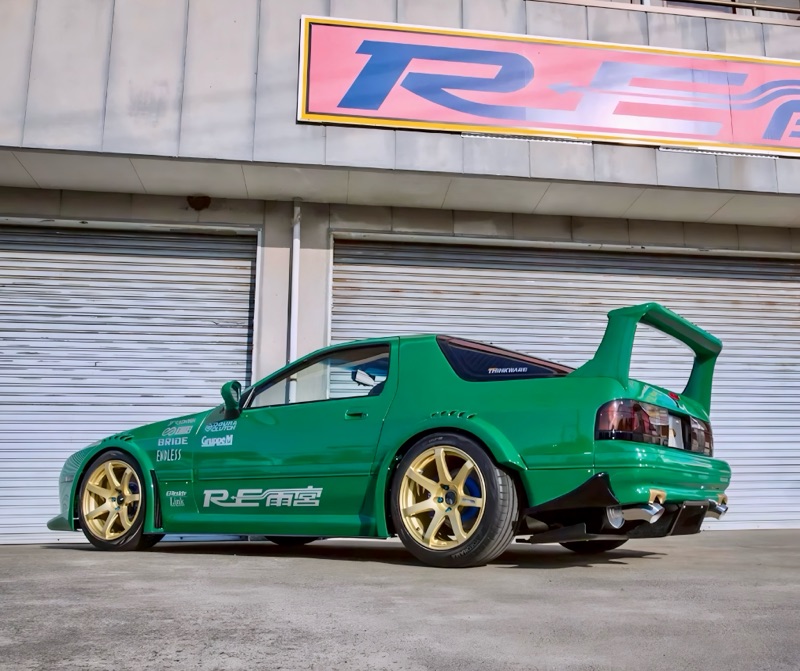
But what really made the FC3S a JDM icon was its dual life: a serious track weapon on weekends and a stylish, street-tuned machine on the daily. From Initial D fame to its real-world appearances at Japanese mountain passes and drift meets, the RX-7 FC carved out a place in the culture that still resonates today.
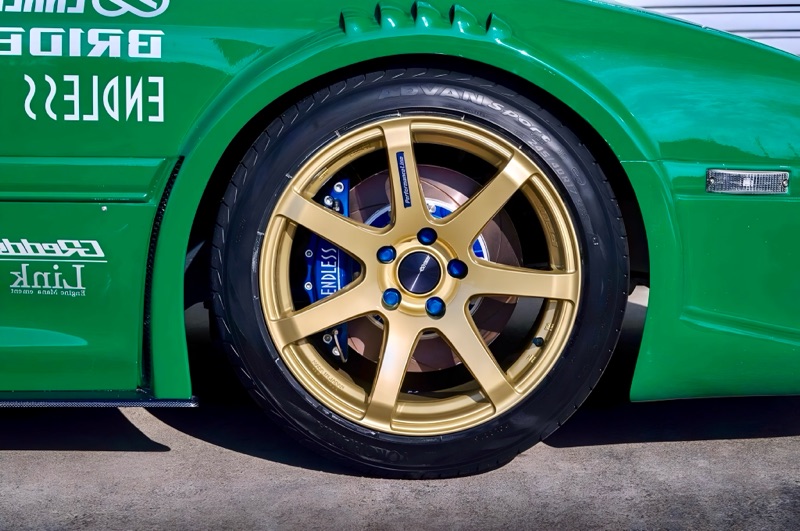
The RX-7 FC3S in Motorsports
Mazda heavily promoted the RX-7 in racing:
- IMSA GTU and GTO classes — where the RX-7 dominated
- Group A Touring Car Championships
- Japanese local racing & touge battles
- A favorite in drift and time attack circuits worldwide
Its lightweight platform, balanced chassis, and high-revving engine made it a tuner’s dream.
Tuning and Aftermarket
Even today, the FC3S is highly modifiable:
- Turbo upgrades (TD05, T04E, etc.)
- Standalone ECUs for tuning fuel and ignition
- Coilovers and sway bars for sharper handling
- Body kits: RE-Amemiya, BN Sports, and others
- Engine swaps: 13B-REW, LS, or 1JZ for crazy power
But for purists, nothing beats a well-maintained turbo 13B with a raspy rotary soundtrack.
Common Issues
Like any classic JDM car, the RX-7 FC3S has quirks:
- Rotary engine reliability: Poor maintenance = trouble
- Vacuum line maze: Boost leaks and idle issues
- Cooling system: Overheating if not properly maintained
- Rust: Especially in wheel wells, hatch, and rocker panels
Still, a well-looked-after FC3S can be a rewarding and incredibly fun car.
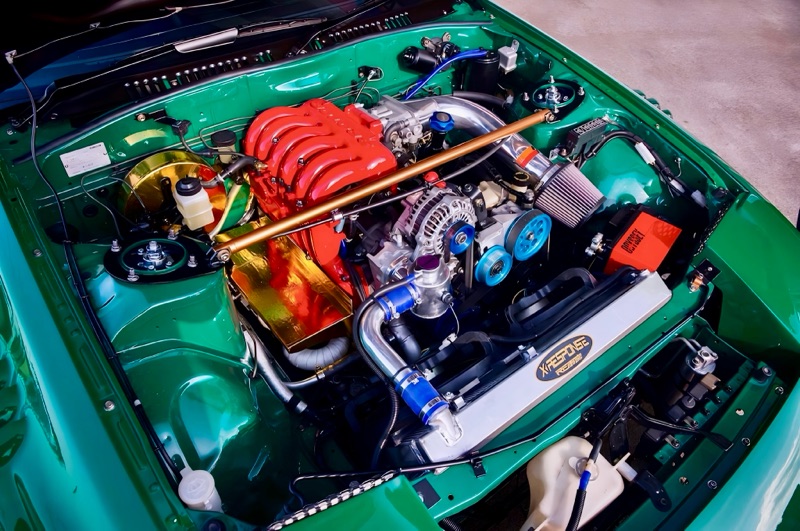
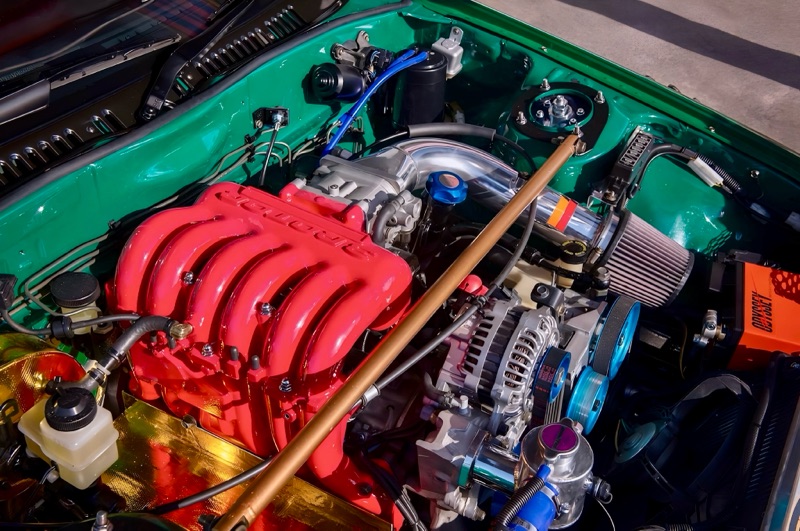
Final Thoughts
The 1989 Mazda RX-7 FC3S is one of the greatest unsung heroes of the JDM golden era. With its turbocharged rotary power, perfectly balanced chassis, and timeless ‘80s looks, it delivers an analog driving experience that few modern cars can match.
If you’re looking for a JDM classic that offers uniqueness, performance, and heritage, the FC3S deserves a place in your garage.
Whether you’re into its rotary roots, its motorsport history, or its unmistakable ‘80s style, the 1989 RX-7 FC3S stands as a true legend of the JDM world.
Comments
Post a Comment